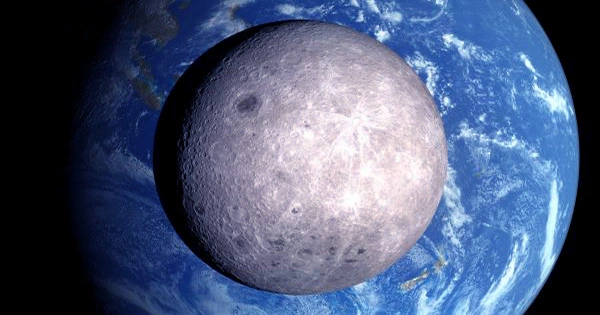Chandrayaan-3 will try a soft landing on the moon’s south pole today, a mission that might boost India’s space goals while also expanding knowledge of lunar water ice, which could be one of the moon’s most precious resources.
While the mission has so far gone as planned, the final part is being described as twenty minutes of horror, similar to a close end to a T20 match. To successfully handle all of the hurdles connected with a soft landing on the moon, the Chandrayaan-3 lander module, comprised of lander Vikram and rover Pragyaan, will need to mix precision with ingenuity.
What is a soft landing?
A soft landing is the controlled descent and landing of a spacecraft on the lunar surface that does not cause major damage to the vessel or its scientific instruments. It is accomplished by gradually slowing the spacecraft’s speed, allowing it to land gently. Such landings enable a mild engagement with the Moon’s rough landscape, allowing for significant data collecting, and exploration, and even serving as a forerunner to human missions.

A hard landing, on the other hand, entails the spacecraft colliding with the moon’s surface.
What are the drawbacks of a gentle landing?
To ensure a smooth landing, the Chandrayaan-3 must first fly at breakneck speeds before executing a precise controlled descent.
The Vikram lander will begin hurtling towards the moon’s surface at a velocity of 1.68 km per second, which is about 6048 km per hour – nearly ten times the velocity of an airliner.
The Vikram lander will subsequently slow down with all of its engines working, but it will still be practically horizontal to the moon’s surface during the rough braking phase, which will take around 11 minutes.
The Vikram lander will be set vertically to the moon’s surface using maneuvers, and the ‘fine braking phase’ will commence.
Even minor errors in the spaceship’s descent can lead it to crash or be destroyed. It was during the precise braking phase of the Chandrayaan-2 launch when the Vikram lander lost control and crashed.
Today, the Chandrayaan-3 lander will meet another foe in the form of lunar dust, tiny abrasive particles that could produce an exhaust plume surrounding the mission.
What makes the South Pole so difficult?
Attempts to land on the moon have already failed. Russia’s Luna-25 spacecraft was supposed to arrive on the South Pole this week, but it spun out of control on approach and crashed on Sunday.
The South Pole is full of craters and deep pits, far from the equatorial zone targeted by earlier missions, including the crewed Apollo landings.
Both the United States and China have missions to the South Pole planned.














